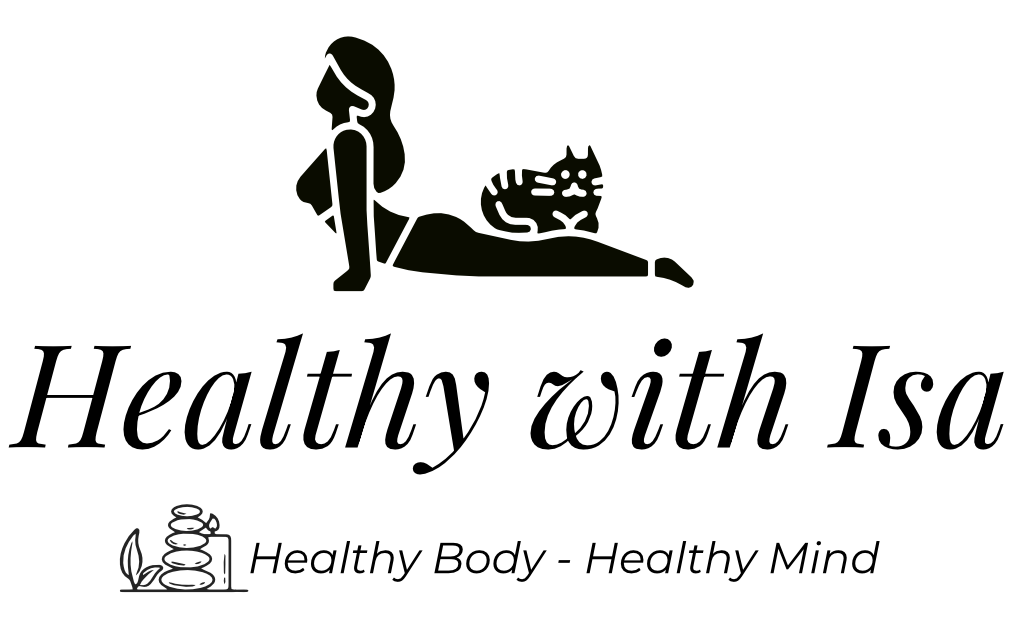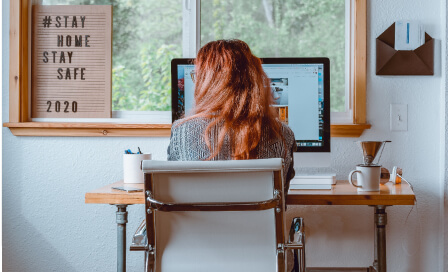Remote Work Depression: The Surprising Connection You Need to Understand
In a world where pajamas have become acceptable work attire and commutes consist of walking from the bedroom to the home office, remote work has fundamentally transformed how we approach our professional lives. While the flexibility of working from home offers undeniable benefits, there’s a darker side that deserves our attention: the rising tide of depression among remote workers.
Recent studies have revealed a troubling connection between remote work and mental health challenges. As we navigate this new work landscape, understanding the link between remote work depression and overall wellbeing has never been more crucial—especially for the estimated 12.7% of full-time employees now working entirely from home.
The Hidden Link Between Remote Work and Depression
The correlation between remote work and depression isn’t just anecdotal—it’s backed by science. According to a comprehensive study published in BMJ Public Health, remote work is significantly associated with increased symptoms of depression, particularly among certain demographic groups.
“How does working from home affect mental health?” It’s a question researchers have been investigating intensively since the pandemic-driven shift to remote work. The answer is complex but concerning: the Integrated Benefits Institute found that fully remote workers (40%) experience higher rates of depression compared to in-person workers (35%).
Several factors contribute to this remote work depression connection:
Social Isolation
Humans are inherently social creatures, and the workplace traditionally provides a significant source of social interaction. When working remotely, casual conversations by the coffee machine, impromptu lunch outings, and face-to-face collaboration disappear.
“The lack of social connection can trigger feelings of isolation and loneliness, which are known risk factors for depression,” explains Dr. Sarah Johnson, a workplace psychologist. “Without regular in-person interaction, remote workers may experience a sense of disconnection that gradually affects their mood and mental health.”
Research supports this concern, with one study finding that approximately 20% of remote workers cite loneliness as their biggest struggle.
Blurred Boundaries
When your living room becomes your office, the line between work and personal life often blurs. This boundary erosion can lead to longer working hours and difficulty “switching off” from work mode.
A recent survey revealed that 52% of remote employees reported working longer hours compared to when they were in the office. This constant connection to work can lead to burnout—a significant predictor of depression. In fact, an alarming 82% of remote working professionals reported experiencing some form of burnout.
“Without clear boundaries, remote workers often find themselves checking emails at dinner or finishing projects late into the evening,” notes workplace consultant Michael Chen. “This constant state of ‘work mode’ prevents proper recovery and relaxation, creating a perfect storm for mental health challenges.”
Recognizing the Signs of Remote Work Depression
Depression doesn’t always announce itself clearly, especially when working from home. The symptoms can develop gradually and might be mistaken for simple work stress or fatigue. Here are key warning signs that remote work depression might be affecting you:
Changes in Work Patterns
-
Difficulty concentrating on tasks that were previously manageable
-
Procrastination and missed deadlines
-
Decreased productivity despite working longer hours
-
Loss of interest or enjoyment in work you once found fulfilling
Consider Emma, a marketing specialist who transitioned to remote work in 2020. Initially enthusiastic about working from home, she gradually noticed projects taking twice as long to complete. “I would stare at my screen for hours, unable to focus. Tasks that used to take me an hour were suddenly taking all day. I thought I was just being lazy, but looking back, these were early signs of depression,” she shares.
Physical and Emotional Changes
-
Disrupted sleep patterns (insomnia or oversleeping)
-
Changes in appetite or weight
-
Persistent feelings of sadness, emptiness, or hopelessness
-
Irritability and increased sensitivity to criticism
-
Unexplained physical ailments like headaches or back pain
The Journal of Public Health documented how depressive symptoms like anxiety and sleep disturbances have become increasingly common among remote workers. In fact, 73.6% of employees have experienced new mental health issues since transitioning to working from home.
Work from home mental health challenges often manifest physically as well as emotionally. Pay attention to these bodily signals—they’re valuable indicators that something might be amiss.
Common Mistakes That Worsen Remote Work Depression
When dealing with remote work depression, certain habits and approaches can inadvertently worsen the situation. Here are critical mistakes to avoid:
1. Neglecting Physical Movement
Remote work often means less natural movement throughout the day. Without the walk to the parking lot, trips to colleagues’ offices, or lunch outings, remote workers can become dangerously sedentary.
“Physical activity is one of our most powerful tools against depression,” explains Dr. Lisa Martinez, a psychiatrist specializing in work-related mental health issues. “Even short bursts of movement can boost mood-enhancing neurotransmitters.”
Avoid the trap of sitting at your desk for hours without breaks. Set timers to remind yourself to move, even if it’s just a quick stretch or walk around your home.
2. Working in Isolation
Many remote workers make the mistake of going entire days without meaningful human interaction. While focus time is important, complete isolation can exacerbate feelings of loneliness and depression.
Research from McKinsey highlights that while hybrid work improved mental health for many, those working entirely remotely without intentional connection points faced greater challenges.
“How does working from home affect mental health when it comes to social connections?” The answer lies in intentionality. Remote workers need to proactively create opportunities for social interaction, whether through virtual coffee breaks, collaborative projects, or in-person meetups when possible.
3. Maintaining Poor Boundaries
Perhaps the most common mistake is allowing work to infiltrate every aspect of home life. Without clear boundaries, remote workers find themselves perpetually “on call,” checking emails at dinner and responding to messages late into the evening.
This constant connection prevents the mental rest needed to maintain good mental health. Create designated work spaces, set specific working hours, and establish rituals that signal the transition between work and personal time.


Protecting Your Mental Health While Working Remotely
While remote work depression is a real concern, it’s not inevitable. With awareness and proactive strategies, you can protect your mental wellbeing while enjoying the benefits of working from home:
-
Create a dedicated workspace that you can physically leave at the end of the workday
-
Establish clear working hours and communicate them to colleagues
-
Schedule regular social interactions, both virtual and in-person when possible
-
Incorporate movement throughout your day, even if it’s just short walking breaks
-
Develop transition rituals that help you mentally switch between work and personal modes
-
Seek professional help if you notice persistent symptoms of depression
Remember that work from home mental health challenges are common and nothing to be ashamed of. Many remote workers struggle with similar issues, and support is available.
Conclusion: Finding Balance in the Remote Work Era
The connection between remote work depression and our new working reality is complex but undeniable. As we continue to navigate this evolving landscape, awareness is our first line of defense.
By understanding the unique mental health challenges of remote work, recognizing early warning signs, and avoiding common pitfalls, we can create healthier remote work experiences. Remember that flexibility doesn’t have to come at the cost of wellbeing.
If you’re struggling with remote work depression, know that you’re not alone. Reach out to mental health professionals, talk to trusted friends or family members, and consider discussing accommodations with your employer. Many companies are increasingly aware of remote work mental health challenges and have resources available to help.
Working from home can offer tremendous benefits when approached mindfully. With the right strategies and support, you can enjoy the flexibility of remote work while protecting your most valuable asset—your mental health.
Helpful Resources:






